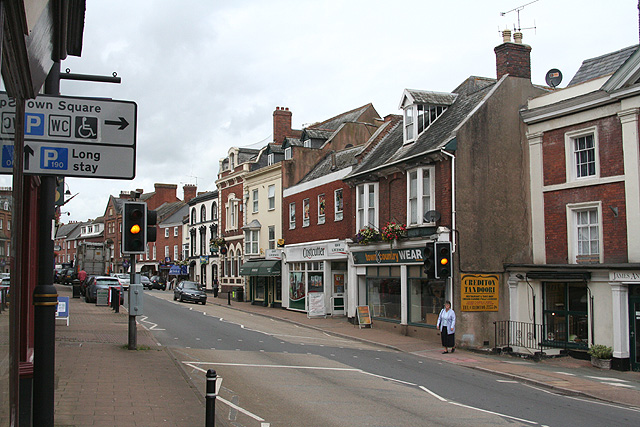William Cooke and
his wife Martha had seven children before he died in 1615. Martha White Cooke was
only around 30 when widowhood struck her, and not about to resign herself to a
life of single parenthood. Almost immediately she married Jonus Cooke, who must
have been a relation of her late husband. He definitely shared his
predecessor’s religious predilections so his stepchildren, and the three children
his relationship with Martha produced, grew up steeped in the Puritan mindset.
By this
time, much of the extended Cooke clan was firmly in the Dissenter camp. The
movement drew its support from two principal groups of lay adherents: a
minority of nobles and gentry, and a much larger group of “middling sort of
people” like merchants, yeomen and artisans. In other words, folks who actually
worked for a living. They rejected the episcopacy---the established Church of
England as an extension of the Crown itself---and espoused the formation of a
Reformed Protestant Church offering simplified rituals and a more personal
relationship with God.
Martha
Cooke’s sons George and Joseph were part of an underground network that concealed
non-conformist preachers from arrest, and possible execution, by officers of
the Crown.
In 1621 Francis Cooke (born in Gidea Hall) and his son John left England on the Mayflower to found the Plymouth colony.
You can be sure his relations followed his adventures with sharp interest.
 |
| The Mayflower in Plymouth Harbor. Source: http://en.wikipedia.org/wiki/Francis_Cooke_(Mayflower_passenger) |
In 1635,
George and Joseph Cooke realized it was advisable for them to leave England.
They disguised themselves as a wealthy Dissenter’s servants and sailed with him
on the Defense to Massachusetts.
On 3
March 1636, George Cooke was admitted as a Massachusetts freeman (which gave
him the right to vote), became a representative of the Assembly and, in 1645,
its Speaker. In 1637 he was appointed Captain of the Artillery Company, and
once returned to Boston with nine Indians captured during an “excursion.” That
year he also established the first water-powered gristmill in the Cambridge
area.
More
family members quickly followed him to the New World. By 1638 at least Martha
Cooke, her son Phillipe, and her daughter Susannah (our foremother) were also living
in the Bay Colony.


